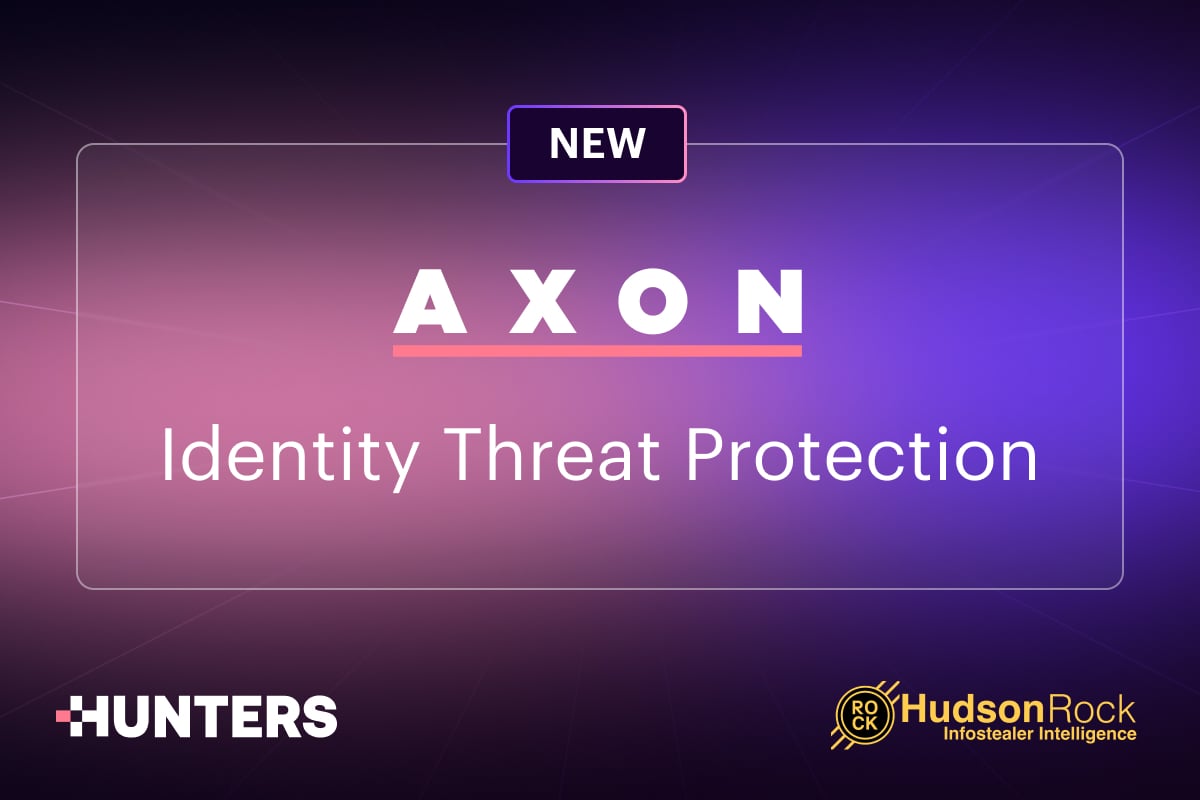-
Table of Contents
Detection engineering is no longer a niche discipline. It's now a core pillar of modern cybersecurity operations, yet most teams still get it wrong. This article explores how detection engineering has evolved, the core principles behind good detections, common failures we see in the field, and actionable solutions to help your SOC stay ahead.
This is more than a blog. It’s a preview of the Ultimate Detection Engineering Checklist, created based on real lessons, painful mistakes, and the operational wisdom of security researchers, Yagel Yosef & Ophir Kelman.
1. Introduction to Detection Engineering
What is Detection Engineering?
Detection engineering is the process of designing, building, testing, and improving logic that identifies malicious activity within an organization’s telemetry. This can include logs from endpoints, cloud infrastructure, identity providers, and more.
Why It Matters
Attackers move fast. Your ability to detect and respond effectively relies not only on your tools but on the quality and reliability of your detection content. Great detection engineering turns noise into insight and alerts into action.
How It’s Evolved
In the early days, detection was largely signature-based (think antivirus). Today, detection engineering incorporates behavioral logic, data science, threat intelligence, and automation. The rise of Detection-as-Code, continuous testing pipelines, and hybrid telemetry sources has made the role both more technical and more strategic.
2. Detection Engineering Fundamentals
Core Principles and Methodologies
Effective detection engineering is built on four pillars:
- Purpose: Every detection should have a clear objective.
- Context: Alerts must be enriched with actionable information.
- Triage-ability: Analysts must be able to investigate quickly and confidently.
- Feedback Loop: Every detection must be monitored, measured, and improved.
Three Detection Methods
- Signature-based Detection:
Matches known patterns such as hashes and process names. Fast but easily evaded. - Behavioral Detection:
Looks for suspicious actions like parent-child process anomalies or unusual authentication flows. Harder to evade, but can be noisy. - Anomaly Detection / ML:
Identifies deviations from baseline behavior using statistical or ML models. Useful in mature environments but expensive to maintain.
Pro Tip from Ophir Kelman
“Sometimes the cyber logic is accurate enough. You don’t always need to bring in UEBA or trained models. Simple can be powerful.”
3. Common detection engineering failures
Yagel Yosef, Security Researcher, said it best:
“Sometimes you're trying to make a rule work so hard, and it's still noisy and still has coverage gaps. Almost always, there's an alternative to catch the same scenario more effectively.”
Here’s where most detections go wrong:
- Over-tuning: Relying heavily on exclusions like NOT A AND NOT B results in fragile, high-maintenance rules
- No context: Alerts without supporting data waste analyst time
- Silent failure: Rules that never fire due to log schema changes or engine bugs often go unnoticed
- Misunderstanding benign true positives: Not all “clean” behavior is irrelevant. Some detections catch legitimate tools used in test environments, which attackers might also leverage
4. Practical Fixes and Solutions
Fix 1: Know When to Let Go
Not every detection is worth fixing. If it's overly complex, noisy, or unmaintainable, and there’s a better alternative, cut it loose.Flowchart to make detection engineering decisions:

Source: Yagel Yosef & Ophir Kelman
Fix 2: Embed Context
Provide both rule-specific context, like “user normally doesn’t request TGS with RC4” and generic enrichment, like IP geolocation, threat score, and asset tags.
Fix 3: Measure What Matters
Use real KPIs:
- Signal-to-Noise Ratio (SNR)
- Engagement metrics such as click-through rate and dismissals
- Silent rule detection
False positive rates vs. benign true positives
Fix 4: Use Threat Prevalence to Prioritize
Ask: Is this behavior common in recent threat intel? If not, you might deprecate it.
Yagel Yosef recommends:
“Use AI to scan PDFs from CrowdStrike, Checkpoint, Palo Alto. NotebookLM is a great tool.”
5. Detection Engineering Tools and Frameworks
Popular Tools
|
Tool |
Use Case |
|
Sigma |
Rule normalization across platforms |
|
Hunters / Splunk / Microsoft Sentinel / Google SecOps |
Detection engines and dashboards |
|
NotebookLM |
Summarizing threat intel reports |
|
Atomic Red Team |
Simulation of attack techniques |
|
Jupyter + pandas |
Contextual analysis |
Considerations Before Implementation

Source: Yagel Yosef & Ophir Kelman (via ChatGPT)
To avoid an unsuccessful implementation, it’s critical to ask whether your SIEM has the ability to support joins and time series analysis? You should also evaluate whether you have the compute resources for heavy models. And, whether your employees have the training and skillset required to maintain Detection-as-Code pipelines. Doing your due diligence at this stage will greatly increase your odds of success.
6. Career Insights: Becoming a Detection Engineer
What Do Detection Engineers Do?
They design, tune, test, and operationalize rules that detect threats. They work closely with SOC teams, threat hunters, and platform engineers to make sure detections are accurate, performant, and valuable.
Skills and Qualifications
- Strong grasp of log sources such as EDR, IAM, and cloud telemetry
- Query languages like KQL, SPL, SQL, and YARA
- Experience with threat frameworks like MITRE ATT&CK
- Scripting skills in Python or Bash
- Knowledge of CI/CD and version control for detections
Ophir Kelman adds:
“You’re not just writing rules. You’re building pipelines that support trust.”
7. Detection Engineering Resources
Courses and Learning Paths
- SANS SEC450 and SEC555
- Detection Engineering Fundamentals by Red Canary
- MITRE ATT&CK Defender (MAD)
- TryHackMe and BlueTeamLabs
Communities and Updates
- Detection Engineering Weekly
(Substack) - LinkedIn groups and Slack communities like DFIR
- SocPrime for community-driven Sigma rules
- Twitter/X for updates from researchers and vendors
8. Conclusion and Next Steps
Detection engineering is a craft. It blends software thinking, threat modeling, and security intuition. Above all, it’s iterative. No detection is perfect. But with the right mindset, tools, and feedback loops, you can make it excellent.
The Ultimate Detection Engineering Checklist consolidates years of experience into a framework you can start using today. It will help you build detections that work.
Frequently Asked Questions About Detection Engineering
What does the role of a detection engineer involve?
Detection engineers develop, implement, and maintain systems that identify potential security threats. They create detection rules, analyze security data, respond to alerts, and continuously improve detection capabilities to protect organizations from emerging threats.
How do I become a detection engineer?
To become a detection engineer: 1) Build foundational knowledge in cybersecurity, 2) Learn programming languages like Python, 3) Understand security tools and SIEM platforms, 4) Gain experience with threat hunting and analysis, 5) Pursue relevant certifications like SANS GIAC, and 6) Practice with real-world detection scenarios.
What are the three detection methods in cybersecurity?
The three primary detection methods in cybersecurity are: 1) Signature-based detection, which identifies known patterns of malicious activity; 2) Anomaly-based detection, which identifies deviations from normal behavior; and 3) Behavior-based detection, which analyzes the actions of users and systems to identify suspicious activities.
Written by Yagel Yosef & Ophir Kelman.


